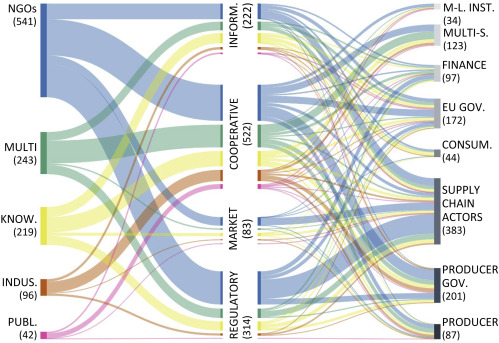Immunology and Allergy Clinics of North America, Volume 41, February 2021
Increased levels of CO2 and various greenhouse gases cause global warming and, in combination with pollutants from fossil fuel combustion and vehicular and industrial emissions, have been driving increases in noncommunicable diseases across the globe, resulting a higher mortality and morbidity. Respiratory diseases and associated allergenic manifestations have increased worldwide, with rates higher in developing countries. Pollen allergy serves as a model for studying the relationship between air pollution and respiratory disorders.
Journal of Archaeological Science: Reports, Volume 35, February 2021

